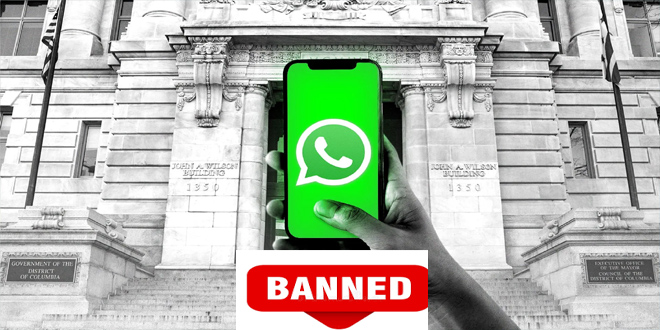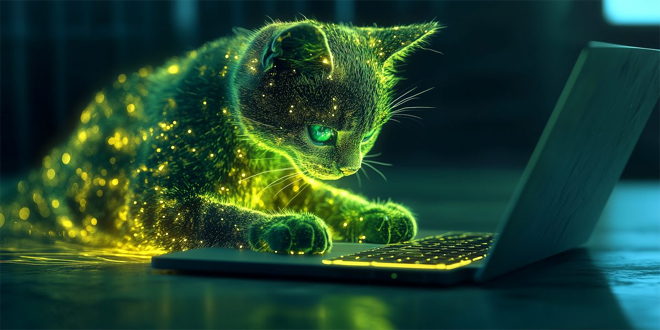IBM recently published its annual Cost of a Data Breach Report. According to the report, the average global cost of a data breach in 2023 reached a record high of $4.45 million. This represents a 15% increase over the past three years.
Detection and escalation costs increased by 42% during this time period. These costs make up the largest portion of breach costs, suggesting a change towards more complicated breach investigations.
Cost Data Breach Report 2023:
According to the report, businesses are divided in how they plan to handle the increasing cost and frequency of data breaches. A study showed that 95% of organizations studied had multiple breaches. However, breached organizations were more likely to make consumers pay for incident costs (57%) rather than investing more in security (51%).
AI picks up speed:
The speed of breach identification and containment for studied organizations was significantly influenced by AI and automation. Organizations that used AI and automation extensively had a shorter data breach lifecycle compared to organizations that did not use these technologies. The breach lifecycle was 108 days shorter for the former group (214 days) compared to the latter group (322 days).
ALSO READ:
A study found that victims of ransomware who involved law enforcement were able to save an average of $470,000 in breach costs. Even though there are potential savings, a surprising 37% of ransomware victims did not report the attack to law enforcement.
An organization’s own security team detected only one third of the breaches studied, in contrast to the 27% that were disclosed by an attacker. On average, organizations that disclose data breaches incurred costs nearly $1 million higher than those that identified the breaches independently.
“Time is the new currency in cybersecurity both for the defenders and the attackers. As the report shows, early detection and fast response can significantly reduce the impact of a breach,” said Chris McCurdy, GM, Worldwide IBM Security Services. “Security teams must focus on where adversaries are the most successful and concentrate their efforts on stopping them before they achieve their goals.
Investing in approaches that enhance the speed and efficiency of threat detection and response is crucial for changing the game. Artificial intelligence (AI) and automation play a fundamental role in achieving this shift.
Every second costs:
Organizations that fully implement security AI and automation saw breach lifecycles that were 108 days shorter on average, compared to organizations that did not use these technologies. They also had lower incident costs.
Organizations that used security AI and automation saved an average of $1.8 million in data breach costs compared to those that didn’t use these technologies. This was the biggest cost savings according to the report. Adversaries have also managed to decrease the average time it takes to carry out a ransomware attack. Nearly 40% of organizations have not yet implemented security AI and automation. This presents a significant opportunity for organizations to improve their detection and response capabilities.
Misconceptions around ransomware:
Many organizations hesitate to involve law enforcement in a ransomware attack because they believe it will only make things more complicated. For the first time this year, the IBM report looked closer at this issue and found evidence to the contrary.
Organizations that did not involve law enforcement experienced breaches that lasted an average of 33 days longer than those that did involve law enforcement. This lack of involvement resulted in negative consequences. A study on ransomware victims revealed that those who did not involve law enforcement ended up paying, on average, $470,000 more in breach costs compared to those who did.
37% of respondents chose not to involve law enforcement agencies in ransomware attack cases, despite their efforts to establish cooperation with the victims. Add to that, 47% of studied ransomware victims reportedly paid the ransom. Organizations must undoubtedly rid themselves of these misconceptions surrounding ransomware. Paying a ransom, and avoiding law enforcement, may only drive-up incident costs, and slow the response.
Breaching data across environments:
Significant advancements have been made in threat detection and response. IBM’s 2023 Threat Intelligence Index reveals that there was a marked improvement in defenders’ ability to effectively thwart a greater number of ransomware attacks in the past year.
Nevertheless, adversaries continue to discover loopholes in our defense systems. The report found that organizations detected only 1 in 3 breaches themselves. 27% of the breaches were revealed by attackers, and 40% were disclosed by a third party like law enforcement.
Organizations that discovered the breach themselves had breach costs of $1 million less compared to those disclosed by an attacker ($5.23 million vs. $4.3 million).
Breaches disclosed by attackers last longer (around 80 days more) than breaches identified internally. The significant cost and time savings that come with early detection show that investing in these strategies can pay off in the long run.
A study found that 40% of data breaches resulted in the loss of sensitive data in different environments like public cloud, private cloud, and on-premises systems. This distressing statistic highlights the fact that skilled attackers possess the ability to infiltrate multiple environments without raising any suspicion. Data breaches studied that impacted multiple environments also led to higher breach costs ($4.75 million on average).
The cost of a studied breach in healthcare has significantly risen to almost $11 million in 2023, which is a remarkable 53% increase compared to 2020. The 2023 X-Force Threat Intelligence Report reveals that cybercriminals have begun making stolen data more easily accessible to their subsequent targets. By using medical records as a powerful tool, threat actors intensify their tactics to coerce breached organizations into paying a ransom. Customer personally identifiable information was not only the most frequently breached record type, but also the most expensive, across all industries that were examined.
Studied organizations across all industries with a high level of DevSecOps saw a global average cost of a data breach nearly $1.7 million lower than those studied with a low level/no use of a DevSecOps approach. The average cost of a breach for critical infrastructure organizations increased by 4.5% compared to last year. It went from $4.82 million to $5.04 million, which is $590K higher than the global average.
 InfoSecBulletin Cybersecurity for mankind
InfoSecBulletin Cybersecurity for mankind














